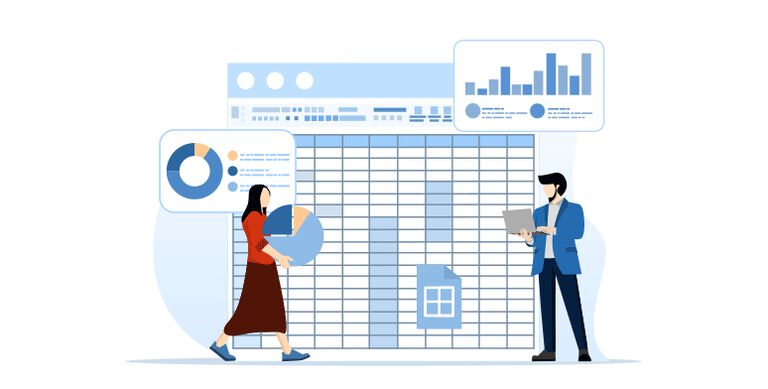In this article, we look at a real organization that is evolving into a high-performing hybrid team, to see what lessons we can learn. Here’s the situation.
The Background: Growing Amidst Challenges
At the start of 2020, the All-Star Organization (or ASO) was a fully in-person technical consulting organization of 45 people. Team members frequently traveled to meet client needs, but were otherwise hired locally and were in the office.
When the pandemic hit, the team went fully remote, quickly establishing procedures and processes to work fully from home. The organization also altered its business model to meet the new emerging needs of its customers, and started to expand. While many clients were still in the same geographic area as the ASO headquarters, the team was starting to serve a more geographically distributed client base, as client organizations also transformed their approaches to work.
ASO leadership soon realized that, while they still valued the in-person nature of work, they were effectively meeting mission needs with remote staff. As the business grew, ASO started hiring staff as permanent remote employees. This was a revolutionary change in how ASO saw its workforce. It provided a whole new pool of candidates for jobs that had originally only been available in one city and helped ASO reach a whole new pool of clients, as remote workers could service customers near their homes.
The Transition: Returning to the Office
The transition to remote had been a wild success, but ASO leaders still wanted to maintain an in-office presence, and still had many employees – supervisors, administrative staff and junior consultants – that they wanted to have in the office. There were many reasons for this:
- Being away from each other made the managers realize how much they valued face to face interaction, and how much strategic work happened in a room together and through informal conversations in the hallway.
- Managers and supervisors also realized that new junior staff needed more personal contacts, to learn how to interact in-person with each other, with superiors and with clients. This learning was facilitated best through in-person work.
- There was still equipment and administrative activities that were best done in the centralized physical office, rather than in a distributed way from home. Having administrative staff in the office made this work easier and more cost effective.











